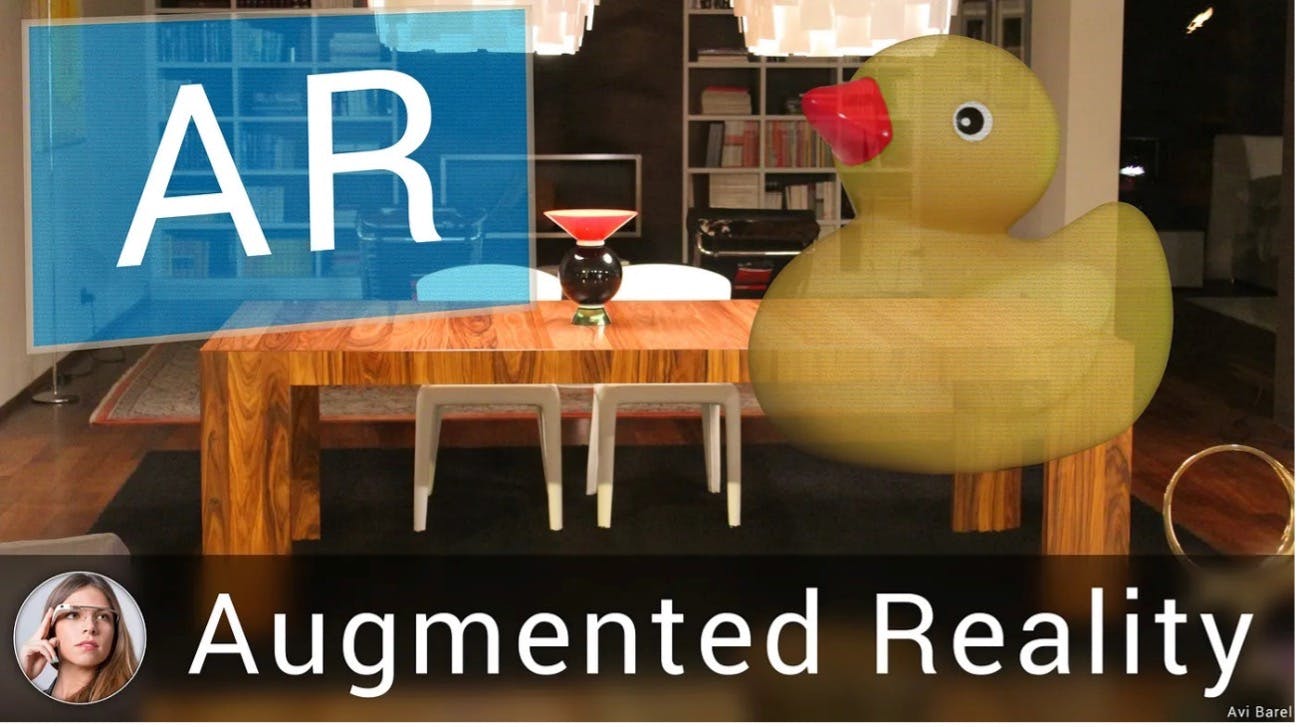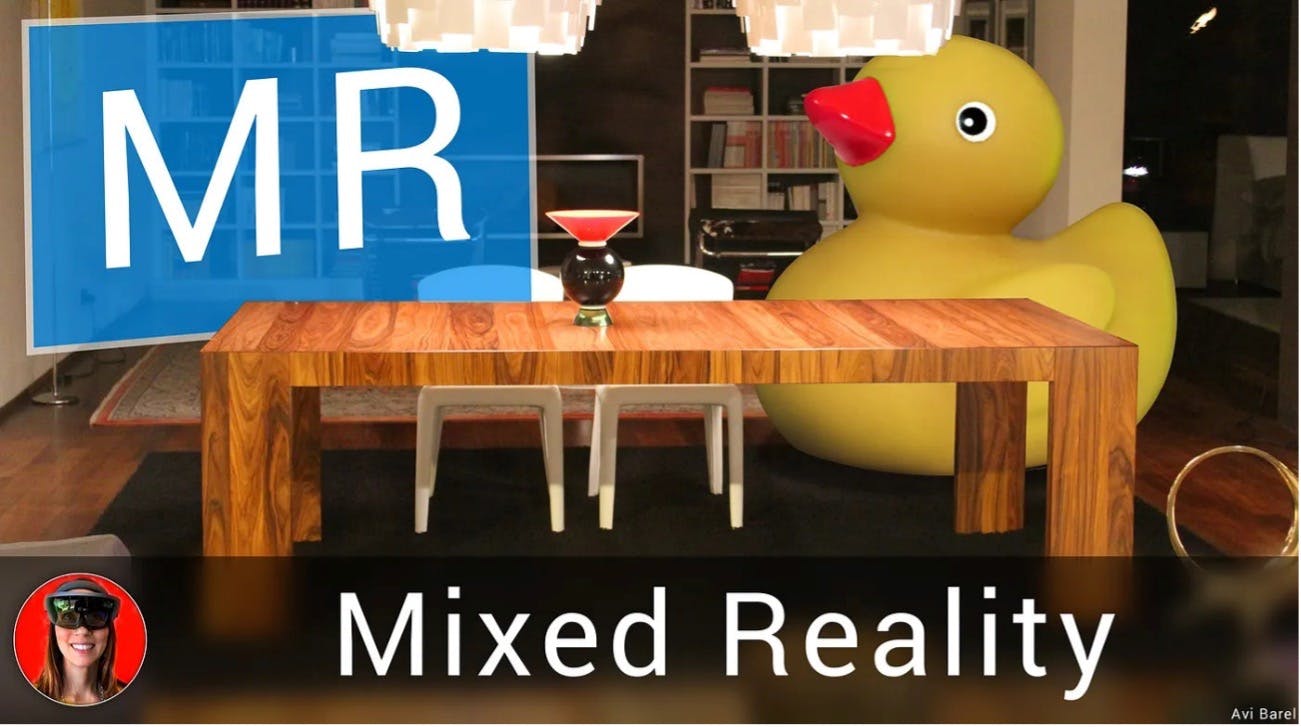AR vs MR - Unraveling the World of Augmented and Mixed Reality
In the ever-evolving landscape of technology, Augmented Reality (AR) and Mixed Reality (MR) have emerged as groundbreaking innovations, transforming the way we interact with the digital world and our physical surroundings. Both technologies enrich our experiences by seamlessly blending virtual elements with reality. However, they possess distinct characteristics and applications. In this article, we will delve into the fascinating realm of AR and MR, exploring their differences, use cases, and current state of adoption.
Augmented Reality
Augmented Reality, as the name suggests, enhances reality by adding a layer of digital content over the user's view of the physical world, usually through the camera of a mobile or web application. This digital layer can encompass a wide range of media, including 3D models, images, videos, and interactive elements. AR leverages the possibilities of mobile devices, such as smartphones and tablets, making it easily accessible to a vast audience.
AR Applications
AR finds diverse applications across various industries, but it particularly prevails in education. It provides an invaluable tool for students to visualize complex concepts that may otherwise be challenging to comprehend. For instance, biology students can examine virtual 3D models of organs, and history students can explore ancient artifacts from the comfort of their classrooms.

Image source: https://medium.com/startux-net/the-differences-between-vr-ar-mr-27012ea1c5
AR Challenges
Despite its popularity, AR glasses and dedicated MR devices have yet to achieve widespread adoption. Cost remains a significant barrier, making these devices less accessible to the average consumer. However, it is worth noting that most individuals already possess an AR-capable device in the form of their smartphones, which mitigates the need for dedicated hardware.
Mixed Reality
Mixed Reality takes AR a step further by seamlessly blending the digital layer with the real world, allowing for interactive experiences between virtual and physical objects. This means that digital elements not only coexist but can also interact with the user's surroundings. Unlike AR, MR devices enable users to manipulate virtual objects within their real environment.

Image source: https://medium.com/startux-net/the-differences-between-vr-ar-mr-27012ea1c5
MR Applications
The potential applications for MR are vast and span various domains. From industrial design, where engineers can visualize and test prototypes in a real-world setting, to architecture, where clients can walk through virtual representations of buildings, MR holds the promise of revolutionizing multiple industries.
MR Challenges
While MR is undoubtedly a compelling technology, its adoption faces several challenges. Limited availability and high costs are significant factors that currently hinder widespread usage. Microsoft Hololens and Varjo are one of the few MR devices available on the market, and as technology advances, we can expect more options to become accessible to consumers.
Differentiating AR and MR
The line between AR and MR can be blurry, leading to confusion among users. The fundamental distinction lies in how the digital layer interacts with the real world. In AR, the digital content overlays reality but remains distinct and separate from physical objects. On the other hand, MR merges digital and real elements, enabling virtual objects to interact with the user's surroundings, creating a more immersive experience. Certain headset manufacturers exploit this vague distinction to promote their products as MR-capable devices, even though they are, in reality, AR devices.*
Conclusion
Augmented Reality and Mixed Reality have brought about transformative changes, enhancing the way we perceive and interact with the world around us. While AR enriches reality with an additional digital layer, MR takes it a step further, enabling digital objects to interact with the physical environment. Both technologies hold immense promise in various fields, including education, entertainment, and industry. As technology continues to advance and become more accessible, we can expect AR and MR to find even more practical applications and touch the lives of people worldwide. The journey of these immersive technologies is only beginning, and the future is bound to be filled with even more astonishing possibilities.
* Some devices were not tested, and the conclusion was derived from usage videos.
Related articles
VR Hand Tracking: More Immersive and Accessible Than Ever
Hand tracking technology in virtual reality has become a game changer, providing a more natural and immersive way of interacting with virtual objects. The number of VR devices supporting hand tracking has increased by 119% from 2021 to 2022, and the average price of VR headsets that support hand tracking has dropped by 93%. This trend is set to continue, making hand tracking in VR more accessible and affordable for everyone.
Bringing Hand Tracking and Interactions into AR: SpectreXR partners with Crunchfish
The integration of Crunchfish's XR Skeleton into SpectreXR's OctoXR allows for seamless interaction with virtual objects in AR/VR, making it possible to enable any AR/VR device with a powerful object interaction solution in a short amount of time. This partnership will significantly reduce the time and complexity involved in developing interactive AR/VR software systems and apps, bringing hand interactions into AR technology.